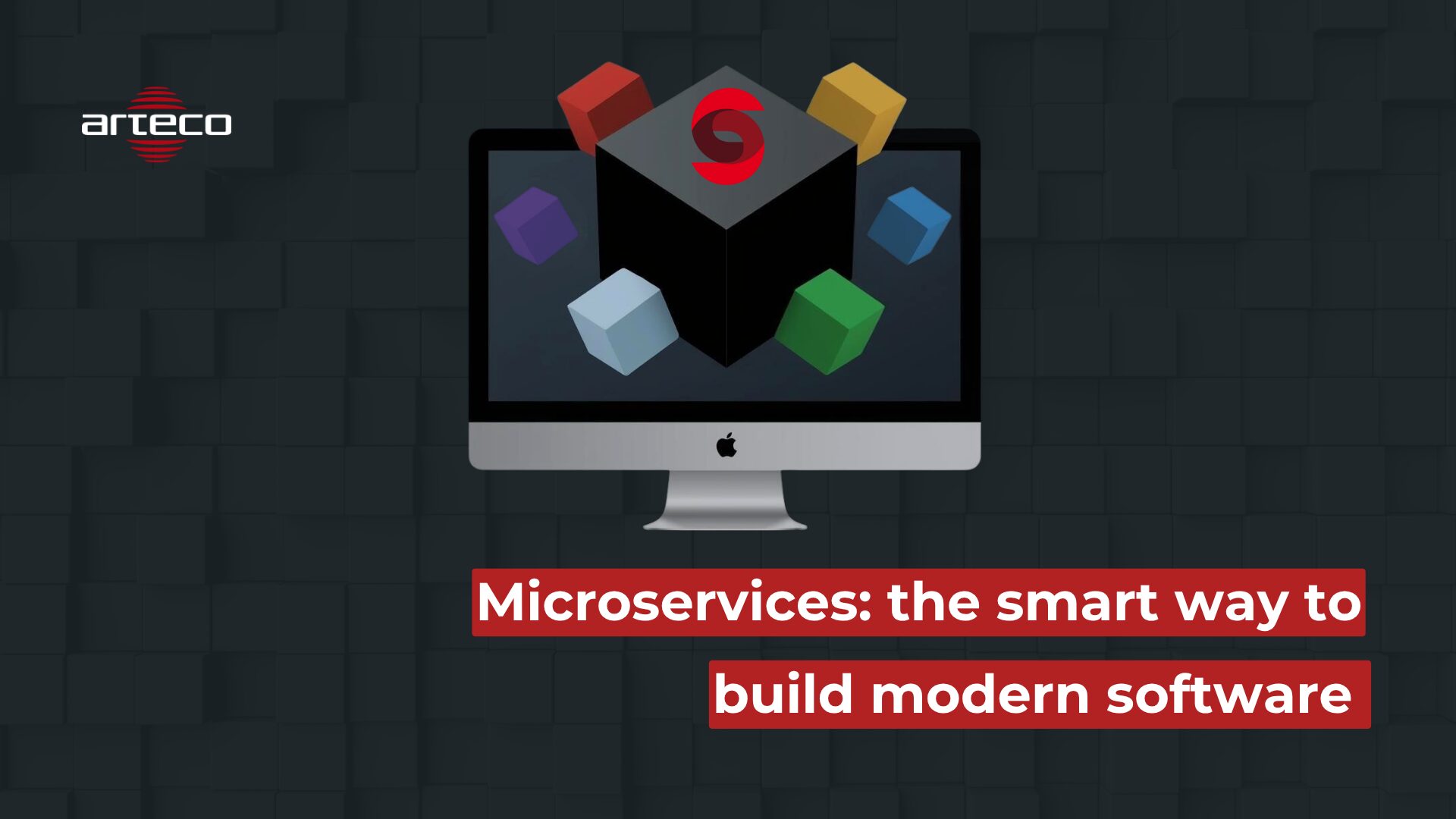
In the past, most software systems were monolithic, meaning everything was packed together in one big block of code. It worked for a while, but every time you needed to fix something or add a feature, you had to touch the entire system.
It was slow, fragile, and hard to scale.
Today, the best platforms are built differently. They are based on microservices: a smarter, more flexible way to design software.
Imagine your system as a team, not a single worker. Each member has a clear job: one takes care of users, another manages video, another handles AI or notifications. That’s what microservices do: they divide the application into small, independent parts that talk to each other through secure connections (like APIs or message queues).
So instead of one big application doing everything, you have many smaller ones working together: faster, safer, and easier to maintain.
Microservices make software:
At Arteco, the uSee Service Suite (uSS) is built entirely on microservices. Each is built function, streaming, events, metadata, AI, or user management, is an independent module. They communicate securely through internal channels, following a Zero Open Ports architecture for maximum protection.
This means:
In short, uSS is a living system: adaptable, efficient, and secure.
Or, if you want to explore uSee more first, click here.
Microservices are not just a trend, they are the foundation of modern, resilient software. By designing uSS this way, Arteco ensures that every component can evolve independently, giving partners and users the freedom to innovate without limits.
Small services. Big impact.



